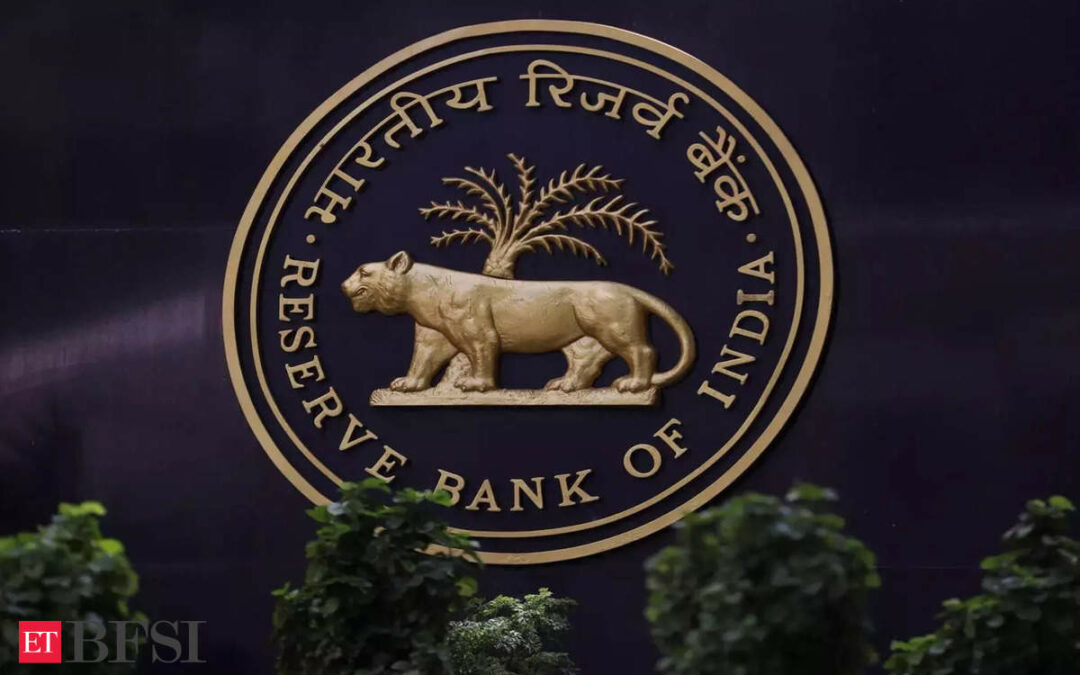Indian financial institutions have strong balance sheets, low levels of impairments and strong capital buffers, but the Reserve Bank of India (RBI) remains watchful of the emerging risks, including those from cyber hazards, climate change and global spillovers, governor Shaktikanta Das said in his foreword in the bi-annual financial stability report (FSR).
The highest priority must be assigned to governance – strong governance is at the core of resilience of stakeholders in the financial system, Das said. “Our approach of balancing growth and stability, with willingness to take proactive and prudent actions to prevent accumulation of risks, is promoting long-term resilience and stability of the financial system. It is vital that we consolidate these gains and nurture a financial system that is future-ready and supports the needs of India’s growing economy,” Das said.
Results of the bi-annual stress test conducted by the RBI showed that even in a severely stressed macroeconomic environment, the aggregate CET1 (common equity Tier 1) for banks would reduce by 300 basis points only, from the 13.8% at the end of March 2024, much higher than the minimum regulatory CET1 ratio of 5.5%.
Moreover, the gross non-performing asset (GNPA) ratio of all commercial is likely to improve to 2.5% by March 2025 from 2.8% at the end of March 2024 under the baseline scenario worsening to 3.4% if the macroeconomic environment worsens to a severe stress scenario.
Under the severe stress scenario, the GNPA ratios of public sector banks may increase to 4.1% in March 2025 from 3.7% in March 2024 and to 2.8% in March 2025 for private sector banks from 1.8% in March 2025. For foreign banks it will increase to 1.3% in March 2025 from 1.2% in March 2024.
Das said that though the matrix of financial stability is perhaps at its best currently, but the real challenge is to maintain it and improve upon it further. “The regulators, on their part, remain committed to these goals. We are focused on having in place an ecosystem that is adaptive and proactive in safeguarding the stability of the financial system,” Das said.
All financial sector regulators, remain committed to promote innovation, financial inclusion, efficient payment and settlement systems, and a robust financial system. But though new technologies offer gains in efficiency and customer experience, but they can also bring with them sudden and widespread disruptions to the financial system, he said.
He urged all financial sector stakeholders to invest adequately to take full advantage of technological advancements, but also take steps to safeguard the security and soundness of their systems.










